Imagine a drone slicing through the clouds, dodging rain and rugged hills to drop a life-saving blood transfusion at a remote clinic. That’s not sci-fi—it’s happening right now in India, and it’s got us at DroneXL.co geeking out harder than a kid with a new DJI Mavic.
The Indian Council of Medical Research (ICMR) just dropped a jaw-dropping study in Springer Nature on June 30, 2025, proving drones are the ultimate game-changer for delivering medical supplies to India’s toughest terrains.

This is the kind of story that makes you want to grab your controller and join the #DronesForGood revolution.
Drones: Sky-High Heroes for Remote Healthcare
India’s a beast of a country—1.4 billion people, sprawling jungles, mountains, and monsoon-soaked valleys. Getting medical supplies to far-flung villages? It’s like trying to nail a perfect drone landing in a hurricane.
But the ICMR study flipped the script, pitting drones against old-school road transport for delivering blood and meds. The result? Drones crushed it, cutting delivery times in half. A grueling six-hour, 84-kilometer road trip through Arunachal Pradesh’s wild terrain? Drones like the Vertiplane X3 from TechEagle smoked it in under 40 minutes. That’s faster than my last attempt to get through Quito traffic during rush hour.

The study, led by Dr. Sumit Aggarwal, tested Beyond Visual Line of Sight (BVLOS) flights across five districts, hitting 19 healthcare centers with everything from blood bags to TB drugs. These drones even hauled sputum samples back for testing, acting like the ultimate courier-lab hybrid.
With green lights from India’s Ministry of Civil Aviation, these flights proved drones are as reliable as my trusty Mavic 3 on a clear day. And here’s a local twist: Aerialoop, the Quito-based drone wizards, are pulling off similar stunts in Ecuador and US, delivering meds and samples to hospitals. They’re the biggest commercial air operator in Ecuador, running 100-200 flights daily and cutting congestion like a hot knife through butter.
Why Drones Are the Future of Medical Logistics
India’s got 30,000 primary healthcare centers, but 5-10% are stuck in places where roads are more myth than reality—think muddy trails or flood zones.
Traditional delivery vans? They’re slower than a drone with a low battery and costlier than a premium gimbal. Drones, though? They soar over obstacles, laugh at traffic jams, and deliver with zero CO₂ emissions.
The ICMR study showed drones can handle delicate payloads like blood without breaking a sweat, ensuring patients get transfusions before the clock runs out. Aerialoop’s doing the same in Ecuador, zipping medical supplies to hospitals and labs, reducing delivery times, and even replacing motorbike couriers to ease Quito’s chaotic traffic.

Oh, and let’s talk green cred. Drones save over 520 grams of CO₂ per delivery compared to gas-guzzling vans. The Medicine from the Sky initiative in India has flown over 15,000 kilometers, delivering 12,000+ medical products and saving 15,000 hours of travel time. Aerialoop’s no slouch either, aiming to cut motorcycle use in Quito by 5% while pushing sustainability with their VTOL drone fleet. Plus, drones are wallet-friendly—studies suggest they can slash last-mile delivery costs by 20-70%. That’s more cash for healthcare and less for fuel, whether you’re in Manipur or the Andes.
Soaring to New Heights with Global Ambitions
The ICMR study is just the start. They’re teaming up with the National Blood Transfusion Council to roll out pilot programs in India’s toughest terrains, ensuring blood gets where it’s needed, stat. But why stop there? Drones could soon be hauling vaccines, emergency drugs, or even organs, turning skies into lifelines.
In Ecuador, Aerialoop’s already a step ahead, partnering with giants like Servientrega to deliver medical goods across Latin America, with plans to expand into the US and Europe. Their ATL6-8 drones are hitting 300 flights per route, aiming for 1,000, and they’ve got permits for 16 commercial routes in Quito alone.

As a UAV pilot who’s dodged Andean gusts for the perfect shot, I’m stoked about this. Drones delivering meds to a village cut off by a landslide? That’s the kind of mission that gives you goosebumps.
But let’s keep it real—challenges like collisions, privacy concerns, or night-flight limits need tackling. Aerialoop’s working with Ecuador’s DGAC to streamline regulations, and their community outreach is winning hearts and minds.
With AI, better batteries, and smarter sensors, drones could soon outfly my wildest dreams. For DroneXL.co readers, this is a call to action: keep tweaking those rigs, push for innovation, and let’s make drones the ultimate lifesavers, from Quito to Kolkata.
Who’s ready to soar into this sky-high future?
Images courtesy of The New Indian Express, TechEagle
Discover more from DroneXL.co
Subscribe to get the latest posts sent to your email.
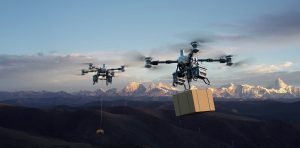




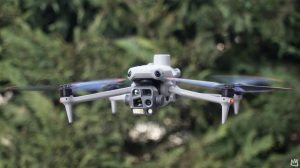


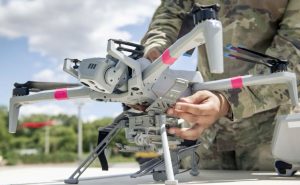
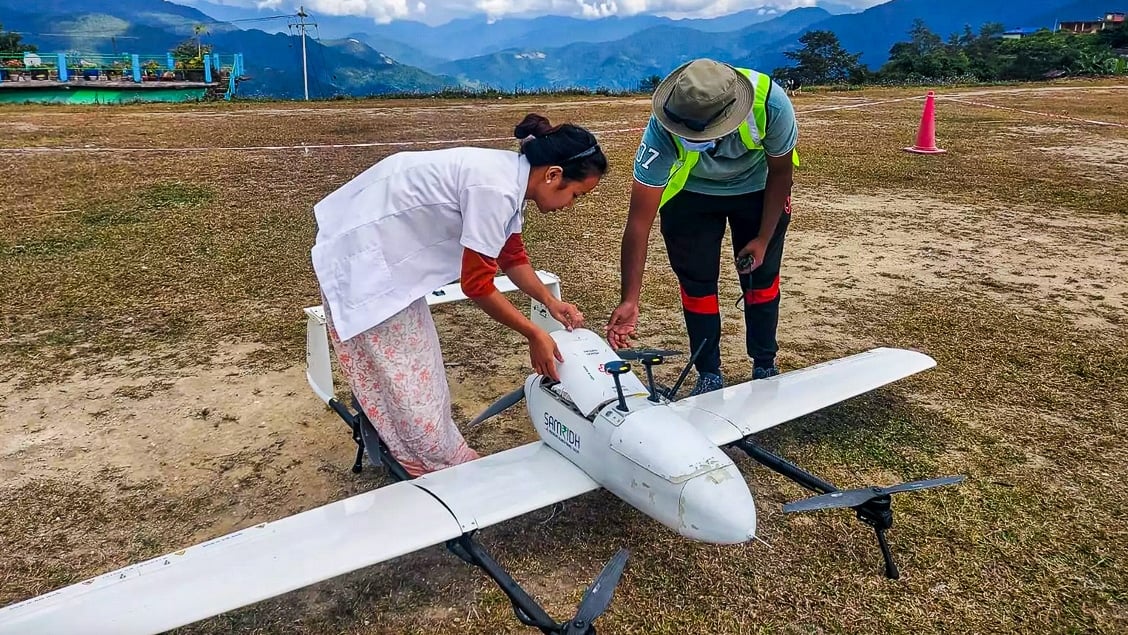
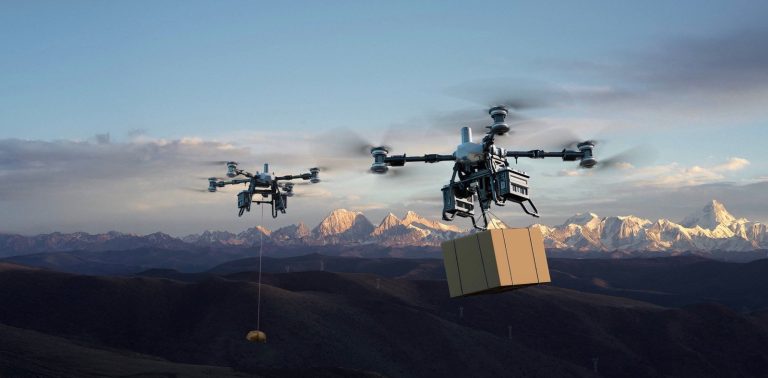

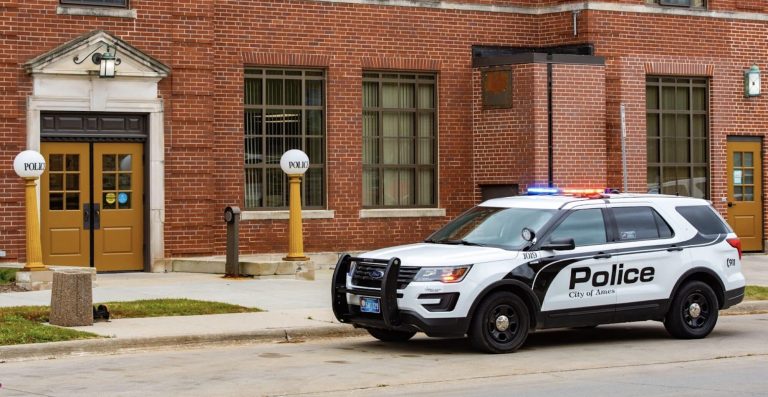


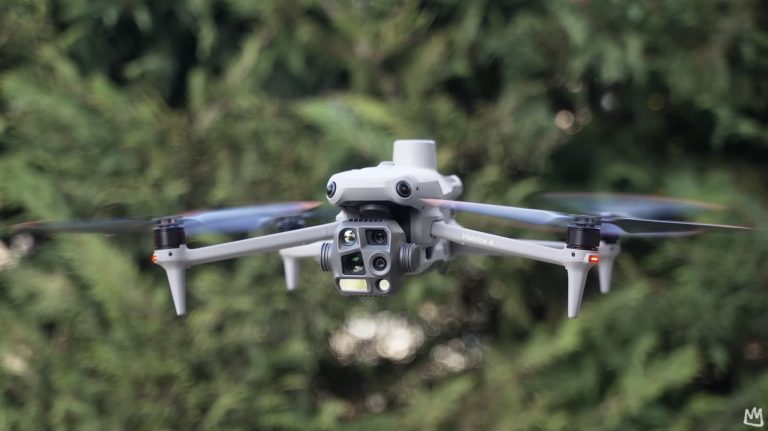

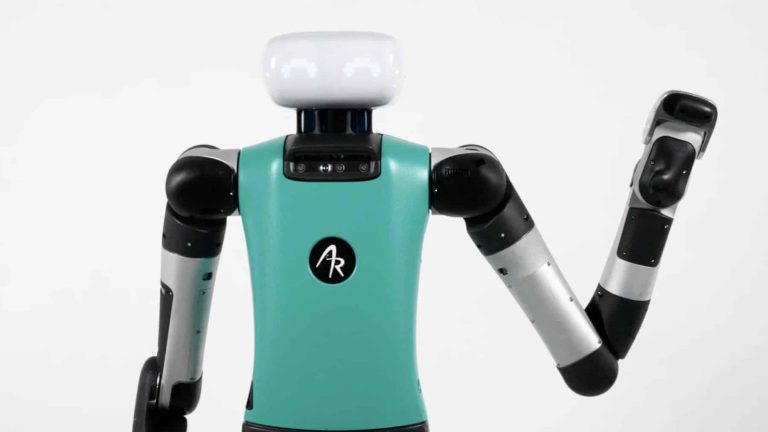
+ There are no comments
Add yours